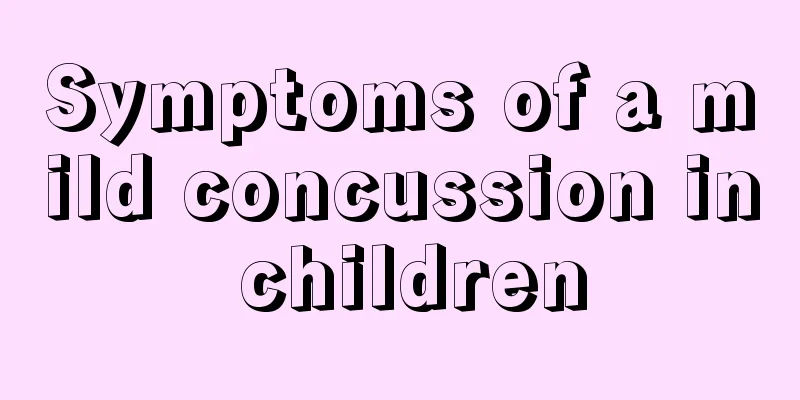What should I do if my three-year-old child has X-shaped legs?

|
X-shaped legs are a relatively common lower limb deformity, which is generally the most common phenomenon in babies. In addition to genetic factors, X-shaped legs can also be formed after birth. In fact, X-shaped legs simply mean that when standing on two feet, if the knees touch together, the heels will not touch together. X-shaped legs will not only affect a person's image, but also affect a person's physical health. So what should we do with X-shaped legs in a three-year-old child? The "zodiac gait" we are talking about is caused by X-shaped legs, which is a relatively common lower limb deformity. In addition to being inherited, this disease can also cause X-shaped legs. When patients with X-shaped legs stand with their feet together, if their knees touch each other, their heels will not touch each other. The patient's knees may hit each other when walking. Normally, even when the legs are put together, there is still a wide gap between the calves. Possible causes of X-shaped legs include rickets in children, cartilage development disorders, and trauma. Since X-shaped legs have a great impact on a person's appearance, they should be corrected actively. Steps/Methods: When the distance between the calves is greater than 1.5 centimeters after the legs and feet are closed, it can be said that one has X-shaped legs. This is when corrective treatment is needed. The purpose of correction is to strengthen the connection between the legs and make the leg muscles stronger, especially the calf triceps can be strengthened to correct X-shaped legs. The self-correction method for X-shaped legs is to let the child sit on a chair with both hands stretched as far back as possible, and at the same time, have the child hold something with his ankles. The thing can be gradually thicker than thin, but it should be done without hurting the child. After that, let the child slowly lift his legs up until the thing falls down, and then repeat this exercise, gradually increasing the difficulty to correct it. You can also let the child sit on the ground, preferably with legs bent, or sit cross-legged on the ground, and then slowly turn the knees to both sides. Be careful not to use too much force, just let the child turn them outwards by himself. It is best if there is a little pain. Hold on for one or two seconds and then return. Repeating this can also help correct X-shaped legs. Note: If the child can correct the condition through exercise when he is a little older, you can teach him to play shuttlecock. Don't underestimate the sport of shuttlecock, which is very effective in correcting X-shaped legs. |
<<: 2 month old baby has not had a bowel movement for 15 days
>>: A three-year-old child has yellow eye mucus?
Recommend
What to do if your newborn has reversed day and night
In life, the health of the newborn is a matter of...
The reason why babies poop every few days
In fact, babies have not yet fully adapted to lif...
What are the signs that a newborn is full?
Many parents do not understand what kind of situa...
How often should you change your pacifier?
After the baby is born, he needs to use a pacifie...
What is the child missing if he doesn't grow taller?
When parents find that their children are shorter...
What are the treatments for cerebral palsy in children?
Cerebral palsy is a disease that is relatively di...
Why do I still have a fever when the rash appears?
The rash on children is also called roseola infan...
Why are the palms and soles of the two-year-old baby yellow?
We all know that babies' skin is generally fa...
What should we do if children have dental polyps?
Many children do not pay attention to their daily...
Why does a child sweat on his head when sleeping at night?
We all know that sweating is actually a nerve ref...
Can a premature baby survive at 25 weeks?
If a pregnant woman gives birth prematurely at 25...
Baby diarrhea turns from yellow to green
Every change in the baby after birth is watched b...
Vision of a five-year-old child
With the development of science and technology, e...
Symptoms and treatment of anxiety in children
In today's society, more and more children ha...
Why does a child land on his heels first when walking?
If a child always lands on his heels first when w...









